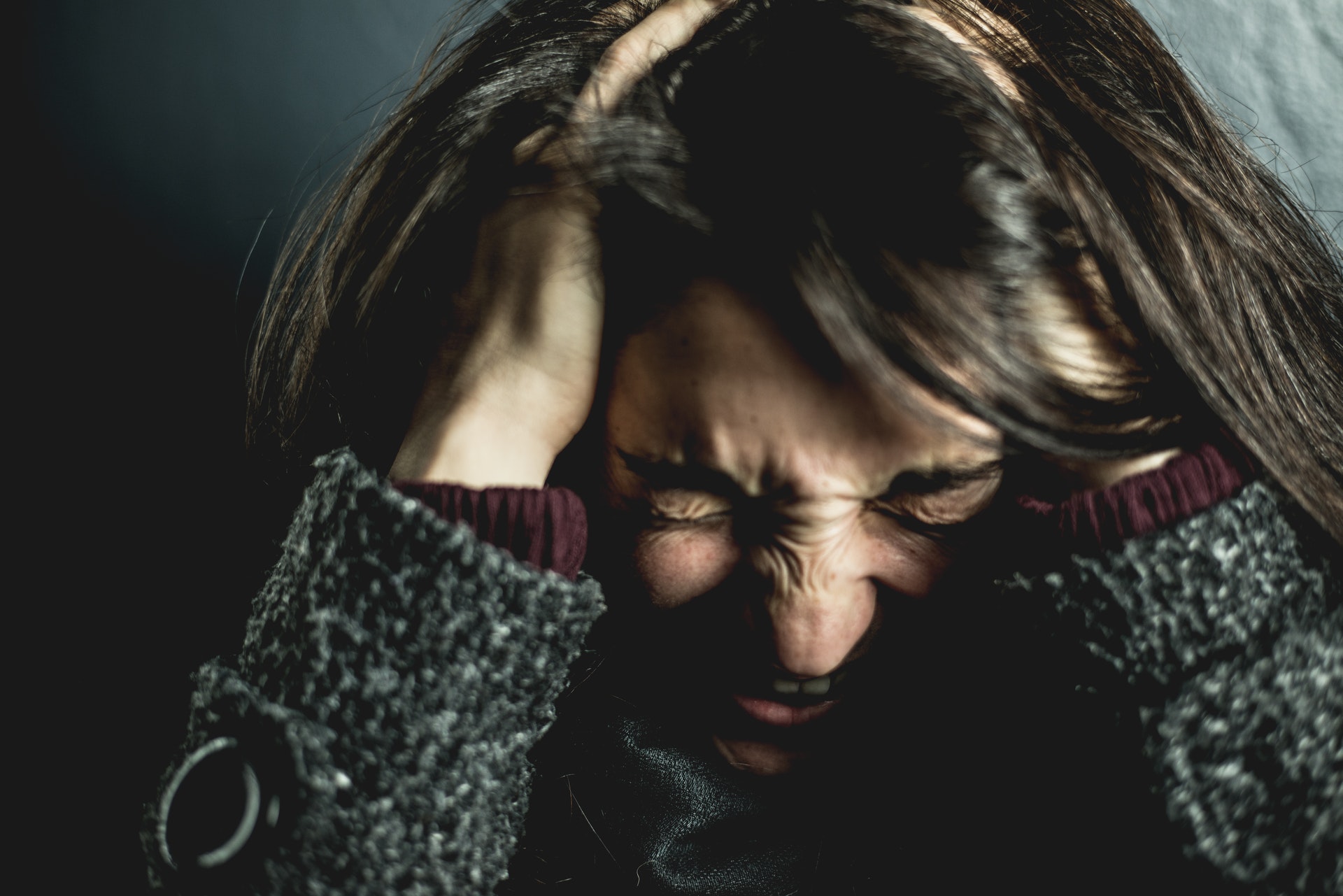Anxiety Disorder
OCD, Phobia, Panic Attack, Agoraphobia, Stress-Related Anxiety

Our Process
Types of Anxiety Disorder
OCD, Phobia, Panic Attack, Agoraphobia, Stress-Related Anxiety
In generalized anxiety disorder, this is too big, and the persistence of discomfort that interferes with the performance of daily tasks. This is usually accompanied by physical symptoms such as muscle tension, insomnia, anxiety, restlessness, difficulty concentrating, and irritability. Often, anxious to draw the attention to the ordinary things in life, such as health, family responsibilities, work experience, and the little things, like a bike service, repairs, daily use, or for meetings.
The main symptom of panic disorder is recurrent panic attacks, or a combination of the physical and mental health problems. In the tutmasından, many of these symptoms are appearing together
- Fast heart rate, fast heart rate, or rapid heart rate
- Sweating
- Chills or shivers
- The feeling of shortness of breath or smothering
- The pain in my chest
- Feeling dizzy, lightheaded, or faint
- Feeling of choking
- Numbness or a tingling sensation
- Chills or hot tide
- Nausea and / or pain in the abdomen
- Feeling detached
- The fear of losing control
- The fear of death
Because the symptoms are so severe that a lot of people who are suffering from a panic attack may believe they’ve had a heart attack or other life-threatening diseases, and to go to the emergency hospital. The panic can be expected as a response to an item, out of fear, or a sudden and the one that seems to be the case for a good reason. The average age of onset of panic disorder are 22 and 23 years old. A panic attack occurs, as other mental health illnesses such as depression or post-traumatic stress disorder, PTSD is present.
A specific phobia is an excessive and persistent fear of a specific object, situation, or activity that is usually negative. The patients know that the fear is excessive, but they were not able to deal with it. This fear is causing the suffering that some people go to extreme lengths to avoid what they fear. Example of this is the fear of flying or fear of spiders.
Agoraphobia is the fear of being in a situation from which escape may prove difficult or difficult or help may not be available, and, in the case of panic symptoms. The fear is out of proportion to the actual facts of the situation, and usually lasts for at least six months, and causes problems in the function. A person with agoraphobia experience fear in one or more of the following circumstances:
- Public transportation
- Being in an open space
- To be in the “closed” sites
- Taking turns on or a crowd
- To be out there alone
The person who is actively avoiding the situation, no need of a companion, or has been affected by the intense fear or excitement. If left untreated, smoking can be so severe that a person may not be able to leave the house. A diagnosis of Agoraphobia can be done only if the fear is very very creepy, or significantly interfere with the normal activities of daily living.
A person with an anxiety disorder, is fear of separation, or even anxious to be separated from those with which they are associated. In this sense goes beyond the what, who, according to a person’s age is stored (a minimum of four weeks to six months, for the adults, and is responsible for a problem with an activity. A person with separation anxiety disorder may be constantly worried about getting hurt and are affected by, the person who is closest to them, these may be unwilling, or refusing to go out or to sleep in at home, with or without that person, or that you can experience the nightmare of being called out. The physical symptoms of an anxiety disorder often develops in childhood, but the symptoms may continue for an average of years.
A person with social phobia can have a lot of tension and anxiety in the context of the shame, the humiliation, the rejection, or the neglect of social interaction. People who are upset and will try to avoid the situation, or to tolerate, it is with great excitement. Common examples of extreme fear to speak in public, meeting new people, eating/drinking in public places. The fear or stress is causing problems with daily activities such as going to, and does not, at all.

Our Values
Diagnosis and Treatment
The first step is to see a doctor, make sure that there are no physical problems that can create these symptoms. If you are diagnosed with an anxiety disorder, a mental health professional can work with you on the best course of treatment. Unfortunately, a lot of people with anxiety disorders do not seek help. They do not understand that they have a disease, effective treatment methods.
Each anxiety disorder has unique features, and most of them respond very well to the two types of treatment: psychotherapy, or “therapy”, and medication management. This medicine may be prescribed, either separately or in combination. Cognitive-behavioral therapy (CBT), a form of a conversation, therapy can help a person to learn, as opposed to the thinking of the pattern, reactions, and behaviors in order to help them to feel that they don’t have the energy. The drugs do not cure anxiety disorders, but they can provide significant relief of symptoms. The most commonly used drugs are sedatives (which usually is not required, only for a short period of time), and anti-depressant drugs. Beta-blocker use, heart disease, which are sometimes used to control the physical symptoms of anxiety

